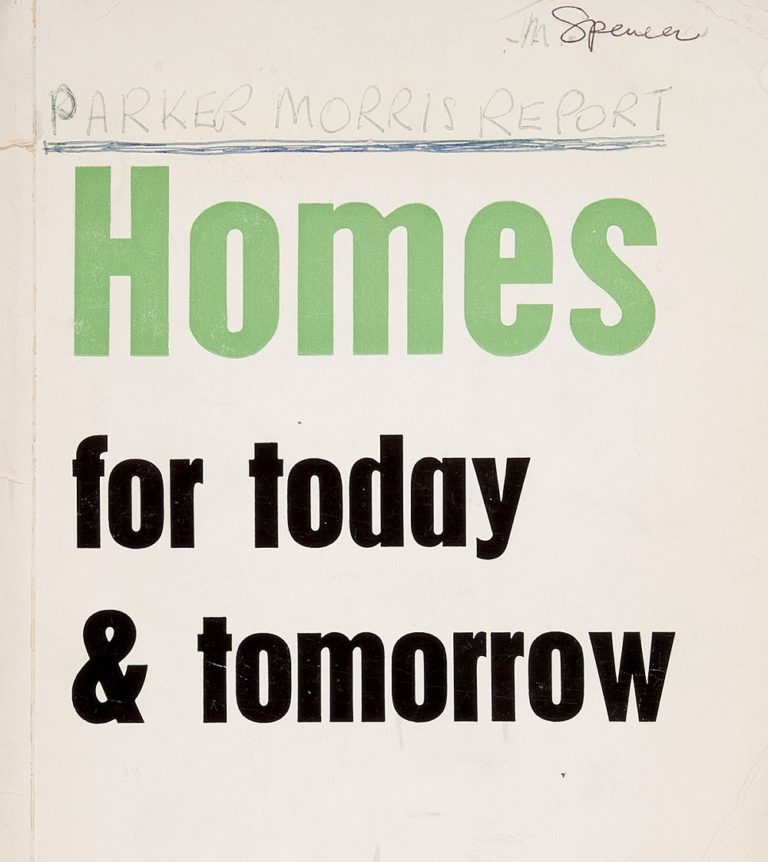

This history brings us to housing’s current state of hypercommodification, a phenomenon that describes how all structures of housing (material, legal, etc.) have become commodified, making housing a central part of the economy. The Great Depression in the United States (which the authors credit with creating the modern housing system) saw the creation of the standardized mortgage and the postwar boom witnessed “the American Dream” with an increase in widespread homeownership. As these new crises began to emerge, so did the state interference in the housing market in the form of new regulations and social housing. The new urban patterns created by industrial capitalism were notably racially and class segregated. Another key step towards commodification was the separation of the dwelling and the workplace, which began in the 19th century as more urban Western working-class people began working outside the home. Early privatization began with landmark events like the land seizures of the European enclosure movement and continued with the colonial destruction of systems of indigenous land ownership.


The history of housing commodification centers on the understanding that 1) housing has not always been treated as a commodity and 2) the privatization of the common space was necessary to begin commodifying housing.

They describe the political and economic history of how housing became commodified and explain how the hypercommodification of housing is responsible for accelerating the modern housing crisis. In this chapter, the authors define commodification as the process through which something’s economic value comes to dominate its other uses. Summary, part 1 Against the Commodification of Housing


 0 kommentar(er)
0 kommentar(er)
